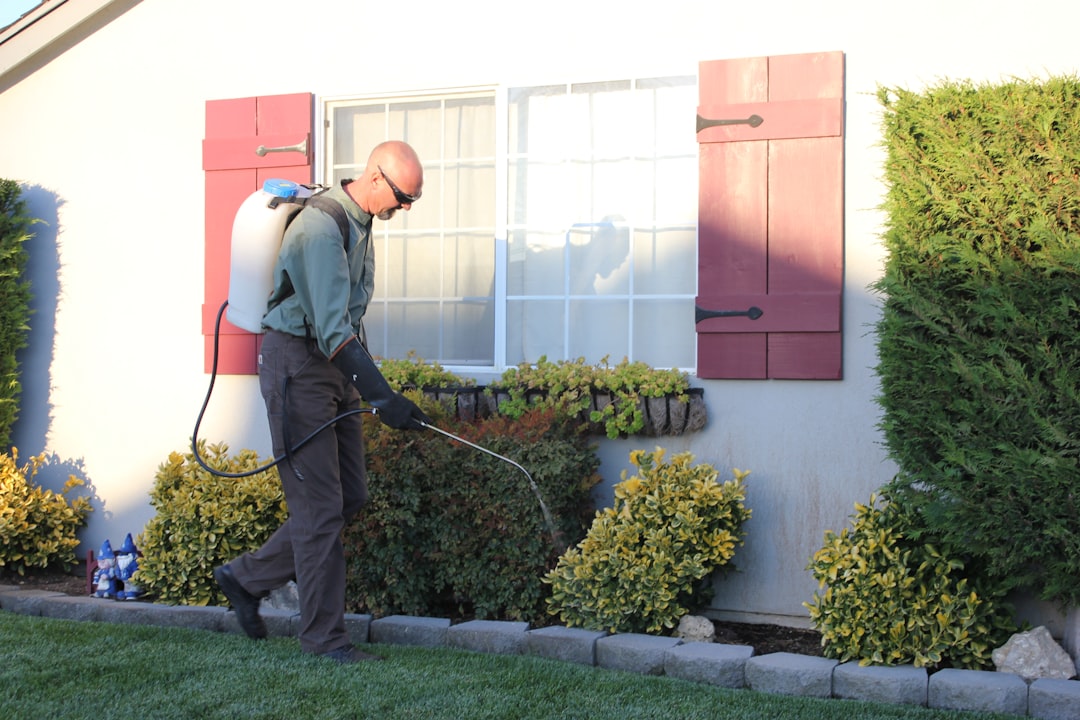The Magic of Perennials in Wet Soil

When it comes to gardening, soggy spots in your yard can often be a challenge. However, certain perennial plants embrace wet soil, turning these damp areas into vibrant displays of color. Understanding which perennials thrive in such conditions can transform your garden's problem areas into its most beautiful features.
One of the top contenders for wet - soil gardens is the Iris versicolor, also known as the blue flag iris. This gorgeous plant is native to North America and can be found growing naturally in marshes, swamps, and along stream banks. Its striking blue - violet flowers bloom in late spring to early summer, adding a splash of color to your garden. The sword - shaped leaves of the blue flag iris also provide an interesting texture throughout the growing season. To plant Iris versicolor, choose a location that receives full to partial sun. It can tolerate standing water for short periods, making it perfect for those really wet spots. Amend the soil with organic matter to improve its fertility and water - holding capacity. When the iris is in bloom, its flowers attract pollinators like bees and butterflies, enhancing the biodiversity of your garden.
Another excellent choice for wet soil is the Joe - Pye weed (Eutrochium species). These tall, stately plants can reach heights of up to 7 feet, creating a dramatic backdrop in your garden. The large, dome - shaped clusters of pink or purple flowers appear in late summer to early fall, when many other plants have finished blooming. Joe - Pye weed is a magnet for butterflies, especially monarchs, which use it as a nectar source during their long migrations. It prefers full sun but can also tolerate some shade. The plant is quite hardy and can withstand the occasional flooding. In addition to its aesthetic appeal, Joe - Pye weed is also beneficial for the ecosystem as it provides shelter and food for a variety of insects and birds.
The Cardinal flower (Lobelia cardinalis) is yet another perennial that loves wet soil. With its bright red, tubular flowers, it is a show - stopper in any garden. The Cardinal flower typically blooms from mid - summer to early fall. It thrives in partial to full shade, making it suitable for damp, shady corners of your yard. Hummingbirds are particularly attracted to the nectar of the Cardinal flower, and watching these tiny, colorful birds flit around the plant is a delight. To grow Cardinal flowers successfully, keep the soil consistently moist. You can also add a layer of mulch around the plants to help retain moisture.
Caltha palustris, or marsh marigold, is a spring - blooming perennial that is well - adapted to wet conditions. Its bright yellow, buttercup - like flowers emerge in early spring, providing a welcome burst of color after the long winter. Marsh marigolds grow best in full sun to partial shade and can be planted in shallow water or along the edges of ponds and streams. They are native to wet meadows and woodlands, so they are well - suited to recreate a natural - looking wetland area in your garden. The foliage of the marsh marigold is also attractive, with its large, rounded leaves.
When planning your wet - soil garden, it's important to consider the overall design. You can create a layered effect by combining different heights and textures of perennials. For example, plant shorter plants like marsh marigolds in the front, followed by medium - height plants such as Cardinal flowers, and then taller plants like Joe - Pye weed in the back. This will add depth and visual interest to your garden. Also, think about the bloom times of the plants. By choosing a mix of perennials that bloom at different times throughout the growing season, you can ensure that your wet - soil garden has color and interest from spring to fall.
Maintaining a wet - soil garden is relatively straightforward. Regularly check the soil moisture levels, especially during dry spells. If the soil starts to dry out, water the plants deeply. Remove any dead or damaged foliage to keep the plants healthy and looking their best. Fertilize the perennials in the spring with a slow - release fertilizer to provide them with the nutrients they need for the growing season.
In conclusion, soggy spots in your garden don't have to be a problem. By selecting the right perennial plants that thrive in wet soil, you can turn these areas into beautiful, colorful oases. Whether you're a seasoned gardener or just starting out, experimenting with these moisture - loving perennials can bring new life and charm to your outdoor space. So, don't let those damp spots go to waste; instead, embrace them and create a garden that is both unique and environmentally friendly.